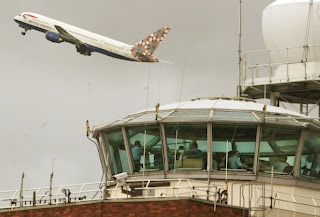The biggest markets for low-cost airlines

LOW-COST airlines like Ryanair and Southwest Airlines have swollen to formidable size in recent years by offering a very different approach to that of more traditional full-service airlines. With their single-class seating, range of ancillary charges and pared-down approach to all things aviation-related, these budget carriers have become a familiar, often bemoaned, feature of holidays and business trips around the globe. In British airports, for example, more than 50% of all passengers last year squeezed into seats on low-cost carriers. But Britain only comes seventh on a list ranking countries on that criterion. Figures released by Amadeus, a global travel distribution system, show that the Philippine aviation market has the greatest proportion of low-cost flyers. In that country of over 7,000 islands, 65% of all passengers used budget carriers last year. Cebu Pacific, the nation’s biggest low-cost operator, boasted over 46% of the domestic market. Among the smallest low-cost mark...


